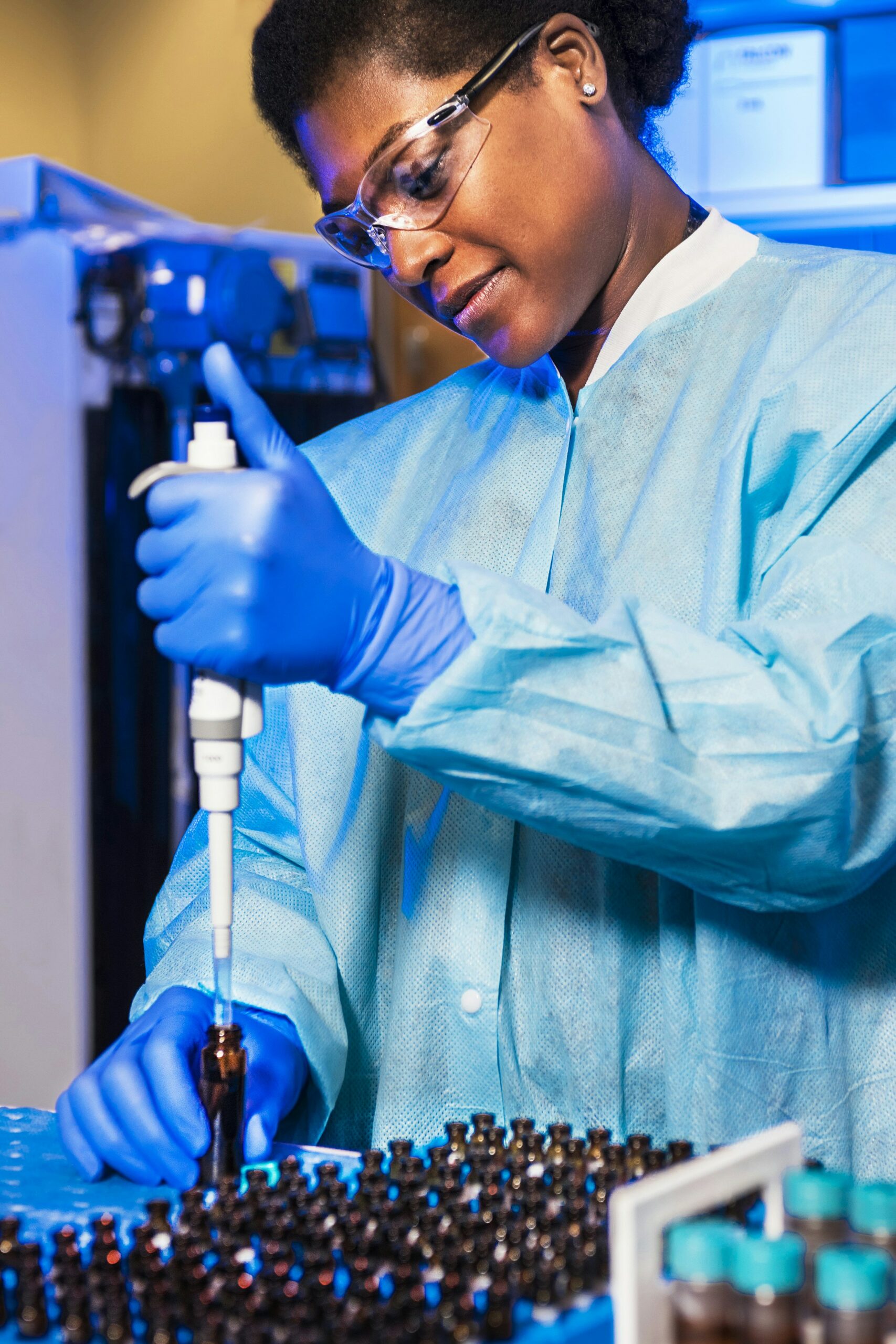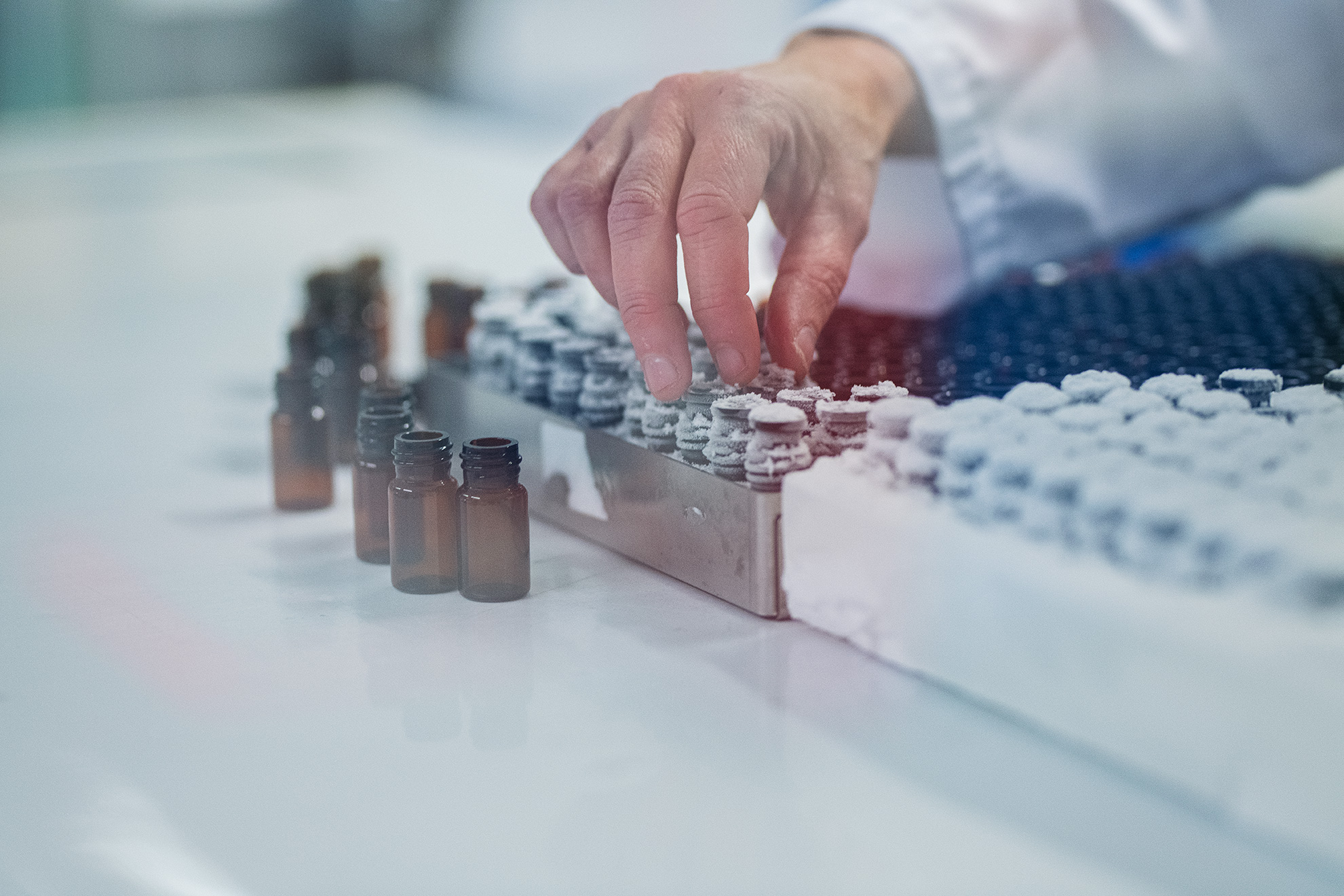Engineering Liver Fibrosis in a Three-Dimensional, ECM-Hydrogel Disease Model
May 7, 2025
Engineering liver fibrosis in a three-dimensional, extracellular matrix-hydrogel disease model
Introduction
Modeling fibrosis requires replicating the mechano-chemical cues of the extracellular matrix (ECM), including binding sites, three-dimensionality, and biomechanics. To engineer a liver fibrosis model based on native, decellularized ECM with spatial and compositional integrity, layered on a hydrogel of poly(ethylene glycol) diacrylate (PEGDA) that provides tunable mechanical properties.
This model aims to support cell recolonization and facilitate the investigation of cell-matrix interactions, fibrogenic remodeling, and therapeutic screening in a physiologically relevant context.
Poster
Conclusion
HSCs colonize porcine liver ECM and synthesize new collagen. Biochemical signaling and biomechanical properties drive ECM deposition, recapitulating key features of the fibrotic niche. Upon treatment with relaxin-2, HSCs display an ECM-degrading activity. The ECM-hydrogel constructs exhibit no cytotoxicity, and polymer concentration can be tuned to modulate the mechanical properties of the ECM. Due to its anatomical similarity to human tissue, porcine ECM offers a biologically relevant scaffold for in vitro fibrosis modeling without the ethical concerns associated with live animal use.




